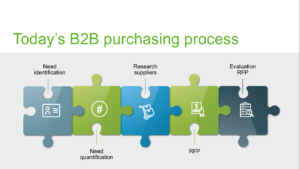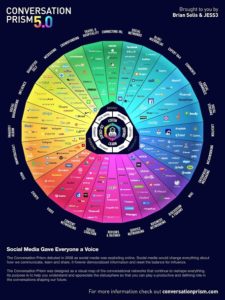8 business twitter tips that will help you tweet like a pro
The best thing about Twitter is that you can send a short message to the world and hundreds of millions of people (but especially your followers) can potentially read it. The worst thing about Twitter is that you can send a short message to the world and hundreds of millions of people (but especially your followers) can potentially read it. Come again? Twitter is great when your message is great. If not, it can be very detrimental to your brand. So here are 8 business twitter tips:
- Don’t “like” porn accounts: This should probably go without saying, but unless you are in the adult industry, don’t “like” porn accounts. Just ask U.S. Senator Ted Cruz. The account of the conservative Republican from Texas, who ran for president in 2016, “liked” a post from a pornographic website and was skewered for it on the Internet. The explanation that a low-level staffer was to blame did nothing to stop the ridicule.
- Know who and what to “like” and “follow”: This is an extension of our first rule. Make sure you are aware what type of tweets you like and which accounts you follow. Just because somebody once wrote a tweet you agree with doesn’t mean you should like it or even follow the account. The person who wrote something funny about sports or posted a picture of a kitten you like might be a white supremacist, porn star, anti-Semite, ISIS sympathizer, etc. And by liking or following the account, you or your company will be linked to them.
- Beware of fake news: The internet is rife with fake news. Don’t help spread disinformation and check your sources.
- Keep private and business matters separate: Never use a company account for private matters. For example, if you are trying to get in touch with your favorite celebrity or complain about customer service, the temptation might be to make that happen using a business account rather than a private account with a few dozen followers. Don’t. If you have been entrusted with your company’s Twitter account, don’t violate that trust by mixing in your private agenda. So even if you are a big fan of a Korean pop group, that doesn’t mean your company does.
- Think before you tweet: The beauty of the medium is that you can compose a tweet in seconds. But it’s always better to take your time, compose your message, consider any repercussions, and ensure you might not inadvertently offend a person or group.
- Stay away from issues people feel strongly about: You’re not going to win a customer over just because they like your tweet on politics or they are also fan of your favorite team. However, you can certainly lose a potential customer over these things. So even if you think, for example, that Brexit was the dumbest idea ever (or the best), by voicing that opinion, you are sure to step on somebody’s toes.
- Don’t beg for retweets and follows: Avoid anything that makes you look desperate. This makes you look desperate.
- Don’t like really old tweets or many tweets from the same person in a short period of time: Avoid anything that makes you look like a stalker. This makes you look like a stalker.
If you follow these simple business twitter tips, you should be fine. Obviously, they also apply to your other social media accounts with one important addition: Whenever you appear in an image or a video, e.g. on YouTube, Facebook Live, Snapchat, etc., make sure you are dressed appropriately. We wouldn’t want Ted Cruz to like your post for the wrong reason.



